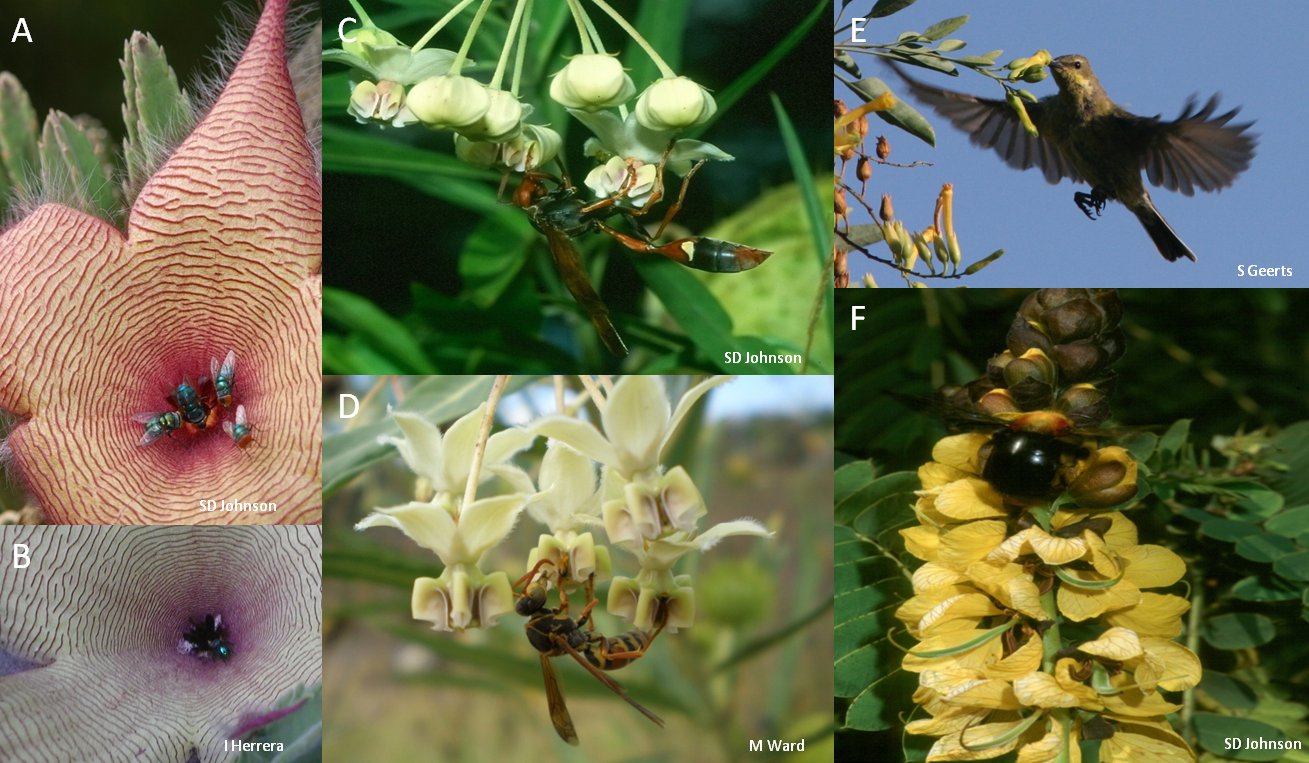The role of self-pollination in plant invasion
Plants that can self-fertilise are more likely to become invasive than those that cannot and among invasive plants, those that can self-fertilise have invaded larger areas. While this is intuitive, it has not yet been shown that this is a causal relationship, as many introduced plants receive visits from pollinators in the novel range.
Comments Off on The role of self-pollination in plant invasion
13 May 2013


